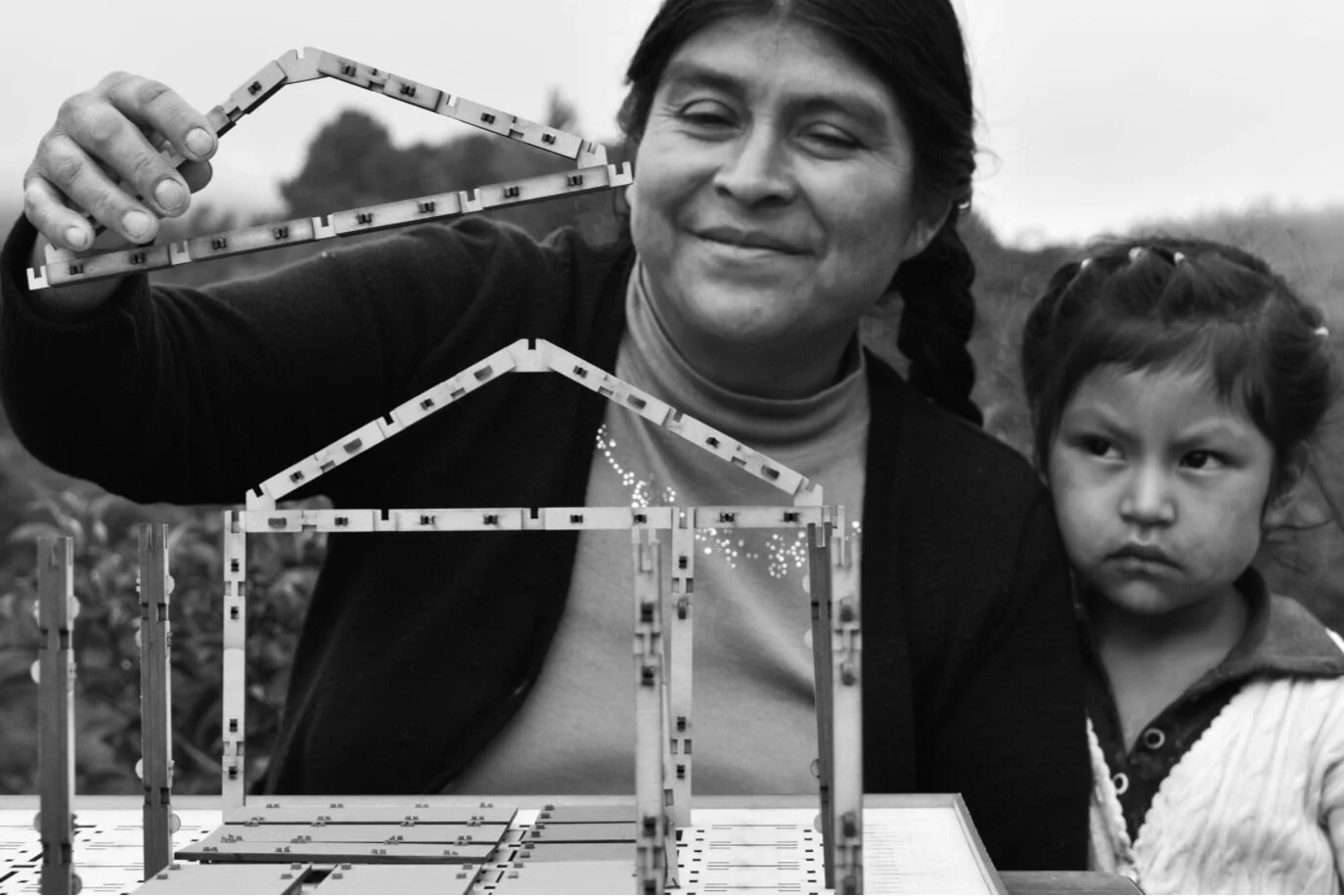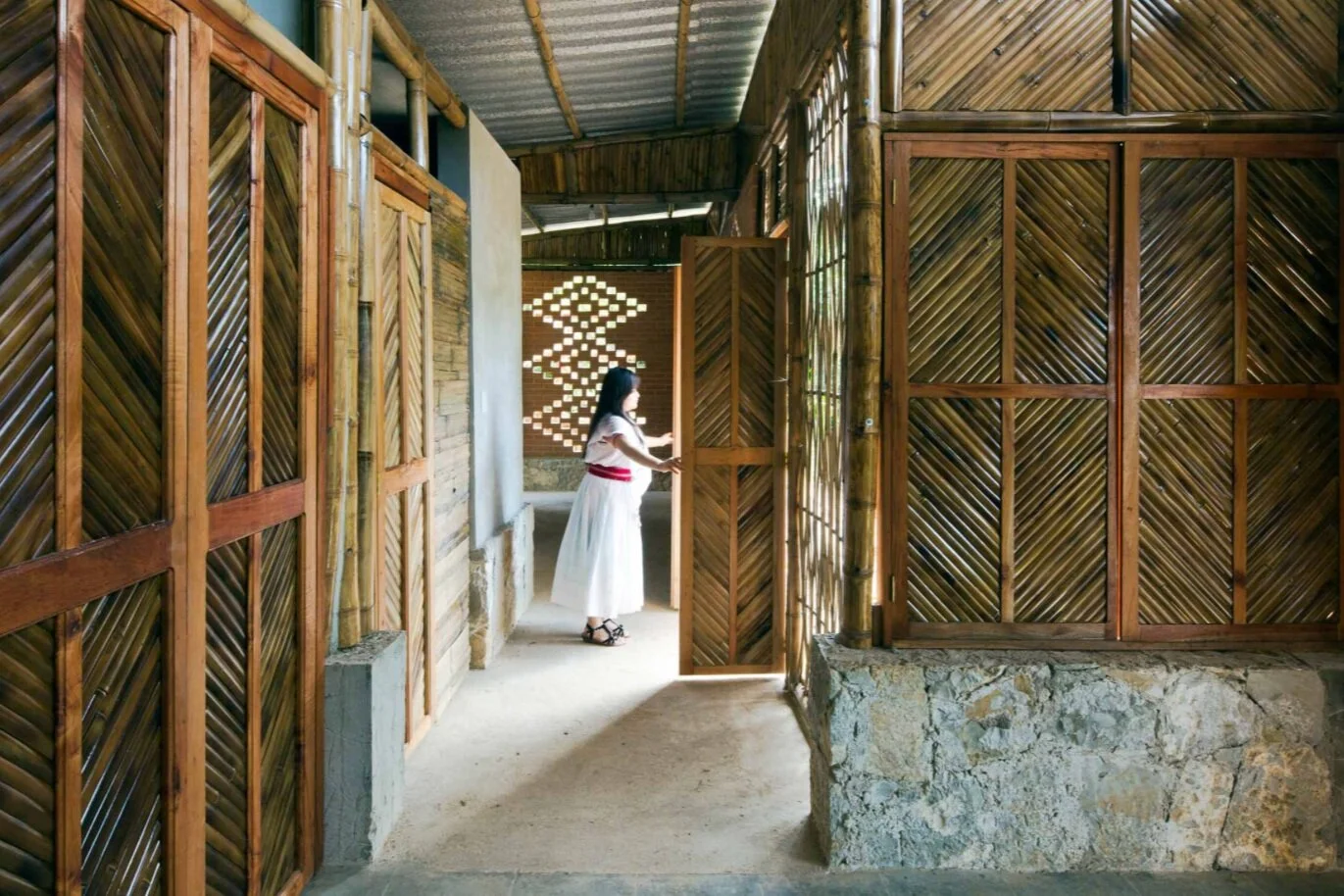Rethinking Design Thinking
by Jordan Hruska
Published in Social Labour Works: An Open Book on Designing Labour #2, April, 2019
This essay critically examines “Design Thinking,” the business management model du jour. What happens if corporations utilize the design production methodologies inherent in Design Thinking to build more equity with laborers and resources borrowed from the natural environment rather than solely to maximize profit for shareholders?
Imagine the factory as a “pleasant place.” Activist and writer William Morris put forth this speculative idea at the height of the Industrial Revolution – paradoxically a time of great labor injustices. His idea of a rewarding workplace remains an audacious proposition some 135 years later in 2019. Today, workers worldwide express feeling threatened by the growing deployment of artificial intelligence, while others cannot develop skills fast enough needed to compete in increasingly more global arenas of business and production. And at the same time, previously unknown multinational suppliers like Foxconn have become household names due to the public outrage of physical and mental abuses their employees have incurred at the hands of their employers. It seems that methods of goods production inspire more anxiety and outrage on a regular basis than they do joy. In A Factory As It Might Be, Morris locates the conceptual and physical site of the “pleasant” factory at in a “harmonious combination of capital and labor.”[1] The “conditions of pleasant work,” he continues, will be realized “when we shall work for livelihood and pleasure and not for profit.”[2]
How can Morris’ idealized workshop be designed? I use the word design, because I think that designers are, at the moment, uniquely positioned to craft processes by which we can achieve a more “harmonious” or more equitable balance between capital and labor. As skilled practitioners, designers have found newfound roles as authors or shapers of systems, policy, and process under the catchall term “Design Thinking,” a somewhat nebulous methodology concocted by businesses to streamline workflows and management schemes sometimes disconnected by rapid growth and the expansive global territory that they now occupy. Designers need to reframe the goals and aims of Design Thinking with a set of values that express how we can be better versions of ourselves, individually and collectively, in the workplace and in the larger world.
For Social Label, designers Studio RENS collaborated with ASVZ in Tilburg, Netherlands, an organization dedicated to providing therapy and work opportunities to those who are differently abled.
A craftsman with the pots he created. Social Label brought together designer Roderick Vos with Artenzo, a visual arts center in the Netherlands that works with people who have mental disabilities.
As the digital age hits its stride, corporations have seen a demand for “service-based” products like software or customer service, which present new challenges for designers to move beyond creating physical objects and embrace new models of design production. Tangible goods are not going to go away, but this shift has opened up a new arena for designers to assert their authority and craft end-to-end digital user experiences that possess value as products in and of themselves. Multinational corporations have taken note of the value designers bring to the table. As businesses benefit from well-designed service-based digital products, they’ve begun to apply designers’ methodologies and processes, specifically those of iteration, tolerance for failure and risk, and prototyping, to internal management structures and hierarchies with an aim to streamline decision-making and optimize efficiencies anywhere they can. In this way, Design Thinking has become a huge consulting business opportunity, conflating the “end-user,” traditionally, the person who interacts with the physically designed and crafted artifact, with the “consumer.”
Consulting juggernaut McKinsey & Company is so convinced about the potential for Design Thinking to shape its clients’ performance that it acquired a well-known design agency and launched an entire division of its company dedicated to the strategy. A recent brochure advertising its services aggressively claims that “Design is more than a feeling: it is a CEO-level priority for growth and long-term performance.” To develop its own Design Thinking methodology, McKinsey studied “design actions to unlock business value” and purports that it measures and drives “design performance with the same rigor as revenues and costs.” For McKinsey, design fuels shareholder returns and helps trim anything that distracts from that optimization. Their goals, it seems, are directly at odds with William Morris’ ultimatum that we should work for pleasure, not profit.
Social Label’s presentation at Dutch Design Week Eindhoven, 2019
Social Label’s presentation at Milan’s Salone del Mobile, 2017
Designers have an opportunity to use their newly emergent influence to craft more sustainable practices of work for both labor and the environment. As “Design Thinkers” embedded in corporations, they are tasked with auditing, reexamining, and reshaping processes that deliver a particular result or set of results. In the case of McKinsey’s methodology, it’s a singular result: returns. But designers can help broaden their perspective. Harvard Business Review defines Design Thinking as “an essential tool for simplifying and humanizing.”[3] These two goals are a bit at odds with one another. The goal to humanize should be at the fore, and with it, a mandate to challenge businesses and designers to design systems and structures that embrace the complexity that comes with creating products that serve myriad human interests and use cases beyond the traditional end-user.
Designers should consider a more expansive view of end-users including those who supply raw materials for production and those who actually produce. The supplier and the factory-worker, thus become stakeholders in the development of efficient and sustainable business practices and processes. In this model of Design Thinking, the worker (as an end-user) needs fulfillment from the design just as a consumer finds value in the use and function of a design artifact. That is, the factory worker should find the “pleasure” that Morris set forth in his definition of work.
Encouraging archetypes have emerged that put some of Morris’ ideology into practice. In Mexico, COMUNAL: Taller de Arquitectura, a group of architects, has established its firm around engaging and teaching rural populations how to build vernacular housing and institutions like maternity clinics from traditional and sustainable materials like mud-brick, which responds better to local climates than prefabricated materials like concrete. Their instruction provides an opportunity for underemployed population to earn wages, develop new skillsets, preserve the knowledge of traditional materials and craft, and enrich their community. In this way, the architects of COMNUAL see a responsibility to engage multiple clients by designing a much more complex system that goes beyond simply designing a newly constructed home – they’re developing new human capital in skilled builders.
Community engagement in Midwife’s House, a maternity clinic in Chiapas, Mexico designed in collaboration with COMUNAL: Taller de Arquitectura and the community members of Tenejapa.
Social Production of Housing Exercise I, designed by COMUNAL: Taller de Arquitectura in Tepetzintan, Puebla. Photo: Onnis Luque
Social Label, an organization based in the Netherlands, has expanded a similar model across 15 different workshops over the past seven years. Two designers founded Social Label with the intent to help people who were distanced from the labor market find jobs crafting design products. Social Label works with social organizations that provide social welfare to those who are disadvantaged and help them enter the labor market. People who are differently-abled or who are forced migrants are often cast aside by businesses as risks or as liabilities that could damage or harm productivity. Instead, Social Label plays to these groups’ strengths. They work with designers like Piet Hein Eek and Ilse Crawford, among many others, who are tasked with developing a designed object that both serves a market demand, but also can be crafted and made by these different groups who then produce these objects on a regular basis using a new set of skills gleaned from Social Label and their contracted designer. What results is a unique line of goods spanning clothing to vases and brooms, that are sold in retailers worldwide, each crafted by someone who contributes to what Social Label calls the “human-based economy.”
How can designers incorporate values-based tenants of Design Thinking as implemented in Mexico and the Netherlands? The paradigm engineered by “Benefit Corporations” provides a potential blueprint. In the United States, Benefit Corporations (or “B Corporations”) are for-profit entities that operate in the “best interest of the corporation” concurrently with an interest in making profits. Business leaders such as CEOs are held accountable to upholding values established by their respective boards as well as third parties like B Lab, an organization that was established in 2006. B Lab developed an impact assessment that holds participating Benefit Corporations to standards that privilege “workers, customers, community, and the environment.” Businesses’ responsibility to more expansive set of stakeholders is upheld through a “Declaration of Interdependence” as well as third-party validation and legal accountability. Since its founding, B Lab has certified over 2,500 corporations in 60 countries that represent 130 industries, and make all of their criteria open and transparent so that businesses, and potentially designers, can begin to incorporate these new best practices in the construction, or reconstruction, of their business plans. A similar typology has been created in the Netherlands. Here, Corporate Social Responsibility (CSR) businesses adhere to common goals and aims to create socially and environmentally sustainable business models. They already have 2,000 businesses as part of their group and they continue to grow.
The mission of B Lab goes beyond individual businesses. It envisions having a more macro impact by incrementally building a “B economy” formed from B Corporations working together. It’s an idea that smacks in the face of a late capitalist perspective that views integrated global markets as potential sources of cheap labor, new customers, or new resources. B Lab’s bold vision can be realized. It’s incumbent on designers to strike while the iron is hot and while they have seats at tables in C-suites around the world. It’s time for them to advocate for, and help create, a more inclusive global economy that views work as a touchstone for reshaping our perspective on the environment and each other. Now doesn’t that sound like a pleasant place?
[1] Morris, William. “A Factory as it Might Be.” In Factory Work As It Is and Might Be: A Series of Four Papers. p.14. New York City: New York Labor News Co., 1922.
[2] ibid.
[3] Kolko, Jon. “Design Thinking Comes of Age.” Harvard Business Review, September 2015.





